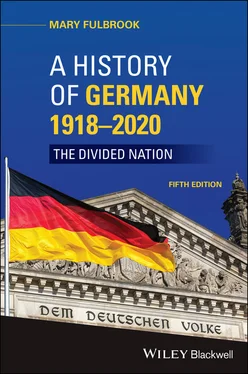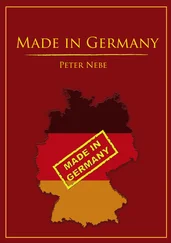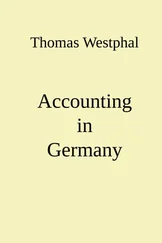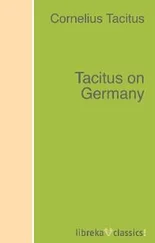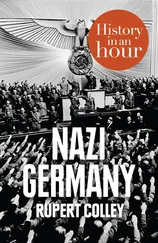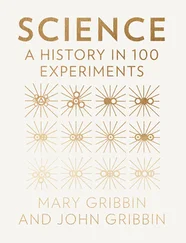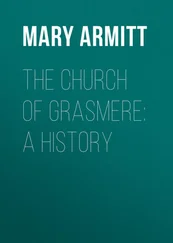The subtitle of this book is The Divided Nation . Germans in the twentieth century have been ‘divided’ in at least three different, but interrelated, ways. Most obviously, Germany itself was divided after the war: what remained of Hitler’s defeated Reich became two German states, truncated parts of a German nation. The legacies of this division, though fading, are still evident in the united Germany of today. The division of Germany after the war was integrally related to the failure, before 1945, to resolve the problems and tensions of a divided society – tensions which by the end of 1932 had led to near civil war conditions and which Hitler’s enforced creation of a ‘national community’ merely exacerbated and displaced. Under Hitler, there were divisions between those accepted as ‘folk comrades’ and those rejected as ‘community aliens’; there were also divisions within people themselves, between public and private selves, between conformity and distance, in psychological compromises made in order to survive through a dictatorial regime. Finally, the consciousness of the century itself is divided: by the historical caesurae of 1933, 1945 and 1990. For those ousted from the new racially defined Volksgemeinschaft (ethnic community) under Hitler, 1933 was the key turning point that irredeemably altered their lives. For those who remained, whether or not they supported the ‘Fatherland’, for a long time 1945 appeared to be a moment when the ‘unmasterable’ past seemed to have ended and the apparently eternal present began. A form of consciousness developed which had serious difficulties in connecting the past with the present: that which had been swept away before and that which had been built up after the ‘Zero Hour’ ( Stunde Null ) of 1945. Finally, the demise of the East German dictatorship in 1989 and unification with the West in 1990 led to a new sense of historical division, with many East Germans looking back with a combination of longing and loathing at a hated state and a nostalgically remembered secure society. Only recently have many Germans sought – in convoluted and problematic ways – to reappropriate and normalize the recent past, to recognize lines of continuity as well as change between the periods before and after 1945, before and after 1990. These deep caesurae are also finally being overcome in historical accounts, with historians increasingly crossing the divides of 1945 and 1990 and entering territory previously allotted to political scientists and sociologists.
This book seeks to confront and make connections across these forms of division. It traces the ways in which the problems and conflicts of the Weimar Republic and Third Reich appeared, in very different ways, to have been resolved in the apparently more stable postwar era of divided Germany. It seeks, too, to consider continuities across the abyss of 1945 and to locate the admittedly irreducible evil of the Third Reich in the realities and normalities of the longer sweep of twentieth-century German history. It reflects, finally, on the character of united Germany after 1990.
The book is organized as follows. Part I traces the descent of a divided society into the Nazi abyss. Chapters analysing the tensions and strains which led to the collapse of Weimar democracy ( Chapters 2and 3), are followed by two chapters ( 4and 5) on the Third Reich in the peacetime and wartime years. A relatively large amount of space is allotted to the issue of the ‘Final Solution’. It may, with some justice, be asserted that an undue proportion of this text deals with the Holocaust; however, given not only the shattering significance of the Holocaust for the lives (and deaths) of millions of people but also the pivotal role it plays in all popular prejudices about German history, and the major difficulties it has caused for the self-understanding, self-representation and national identities, of postwar Germans – in different ways in East and West – it seems important to give the actual course of events and the difficulties of their explanation a lengthier, more explicit hearing than merely the customary paragraph or two embedded in a wider narrative of the war that is often found in general histories.
Part II then explores the extraordinary historical experiment of the divided nation. Three chronological chapters (6, 7, 8) are followed by four thematic chapters (9, 10, 11, 12) exploring certain aspects of the two Germanies in more depth. While the economic development of the two Germanies and the question of inner-German and foreign relations are dealt with in the three narrative chapters, which establish a basic chronological framework, the focus in the thematic chapters is primarily social, political and cultural (in a broad sense, including issues of political culture). There is inevitably a (hopefully minimal) degree of repetition across chapters, but by treating certain themes analytically an interpretation of the dynamics of development of the two Germanies may be developed, exploring the degrees and nature of their divergence and elucidating the background to the East German revolution of autumn 1989. This revolution, and the radical historical transformation it inaugurated, forms the subject of Chapter 13.
In Part III, Chapter 14surveys the new social and political landscape of the Berlin Republic, formed out of the incorporation of the ‘five new Länder’ (or the defunct GDR) in an enlarged Federal Republic, and sketches some of the complex ways in which the doubly dictatorial past of Germany was reconceived after unification. It explores the ways in which Germany under its first female Chancellor, Angela Merkel, won new respect both nationally and internationally in a dramatically changed global situation. Finally, a concluding chapter engages directly with the issue of historical divides, the pivotal dates of the preceding century. It reflects more broadly on the major patterns of development in Germany since 1918 and proposes a general framework for interpretation of the course of the last century of German history.
The book seeks, ultimately, to present in a readable and intelligible compass an account of some of the major currents of German history since the end of the First World War in the light of wider debates and controversies.
Part I A Divided Society
The Weimar Republic was Germany’s first attempt at parliamentary democracy. Born in 1918 of military defeat and domestic revolution, it was riddled with compromises and burdened with difficulties. After turbulent beginnings, from 1924 to 1928 there was a period of at least apparent stabilization, yet between 1929 and 1933, concerted attacks on democracy in the context of mounting economic difficulties culminated in the collapse of the regime and the appointment of Adolf Hitler, leader of the National Socialist German Workers’ Party (NSDAP or Nazi Party), as Germany’s Chancellor.
The ultimate demise of the Weimar Republic has inevitably overshadowed interpretations of its course. Some commentators have drawn such a stark and gloomy picture of its early difficulties that the Republic seems foredoomed to failure from the outset; other scholars have placed greater weight on problems arising from the Depression after 1929; and some historians have emphasized the importance of particular decisions and actions made by key political figures in the closing months of the Republic’s existence, in 1932–3. It is important to bear in mind, when exploring the complex paths of Weimar history, the constant interplay of structure and action, context and personality; it is important also to bear in mind that under certain circumstances the scope for human intervention in the course of events may be more limited or constrained than at other times. The conditions in which Weimar democracy was born were certainly not such as to help it flourish, and as it unfolded it was clearly saddled with a burden of problems, in a range of areas that would render Weimar democracy peculiarly susceptible to antidemocratic forces in the end.
Читать дальше
